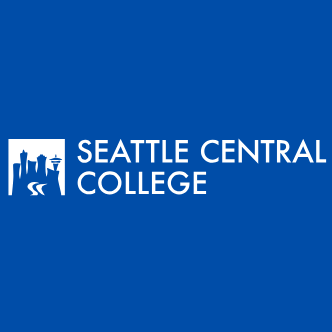Seattle Central College is a public college located in Seattle, Washington, USA. Here is a detailed introduction about it:
Historical development:
Its origins can be traced back to Broadway High School, which was established in 1902. After World War II, the school was transformed into a vocational and adult education institution for veterans. In 1946, students from Broadway High School were transferred to Lincoln High School, and Edison Technical School (which had shared a campus with Broadway High School) was expanded. Later, Edison Technical School began to offer college-level courses and was reorganized as Seattle Community College in 1966. In 1970, North Seattle Community College and South Seattle Community College were established, after which Seattle Community College was renamed Seattle Central Community College. In 2014, the board of directors of the Seattle Community College District voted to rename the school district to Seattle College, and its affiliated colleges were also renamed accordingly, and Seattle Central Community College thus determined its current name.
Campus location and environment:
Located in Capitol Hill, Seattle, it is a bustling area in downtown Seattle. The convenient transportation and rich surrounding cultural and commercial facilities provide students with a good learning and living environment. The campus itself is an urban campus, covering an area of 15 acres and has 10 buildings.
Academic Programs:
Transfer Courses: Provides a two-year university transfer degree (Associate Degree), which is recognized by many four-year universities in the United States. Many students choose to complete the first two years of basic courses here and transfer to well-known universities such as the University of Washington and the University of California, Berkeley to continue their studies. The number of students admitted to the University of Washington by this school each year is relatively prominent among community colleges.
Vocational and Technical Training Courses: Covering multiple fields such as business, art, science, engineering, health care, cooking, and information technology, it provides students with practical vocational skills training to help them enter the workplace smoothly after graduation. For example, the school's cooking, nursing, information technology and other majors have high visibility and employment prospects.
Adult Education Courses: Provide adults with opportunities to continue learning and improve their skills to meet the learning needs of people of different ages.
High School Courses: Provide courses for students who have not graduated from high school, and they can obtain a US high school diploma upon completion of their studies.
Teaching Features:
Small class teaching: The class size is small, and the average number of students per class is small. Professors can pay attention to the learning situation of each student and provide more personalized guidance and support for students.
International education: The school has a large number of international students from more than 50 countries and regions around the world. The school has an international education project department to provide special services and support for international students to help them adapt to study and life in the United States.
Practical teaching: Focus on practical teaching, cooperate with local enterprises and institutions, provide students with internships, practical projects and employment opportunities, and help students apply theoretical knowledge to practical work.
School facilities:
It has modern teaching facilities, including science laboratories, computer rooms, libraries, restaurants and sports centers. The sports center has facilities such as indoor swimming pools, gyms and sports venues to provide students with good learning and living conditions.
Student life: The school has various clubs and student organizations, such as student unions, international student organizations, academic clubs, art clubs, etc. Students can join according to their interests and hobbies to enrich their extracurricular life and expand their interpersonal relationships and leadership skills.
The school often holds various cultural activities, lectures, seminars, etc. to provide students with rich academic and cultural experiences.
-

Harvard University
-
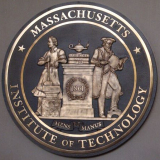
Massachusetts Institute of Technology
-
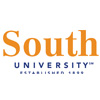
South University
-

University of West Georgia
-
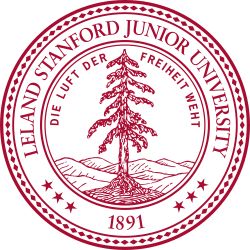
Stanford University
-
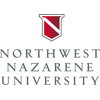
Northwest Nazarene University
-

Hawaii Pacific University
-

Shorter University
-

Nova Southeastern University
-
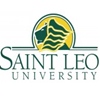
Saint Leo University
-

Mesoamerican University
-

Istmo University
-

Mariano Galvez University of Guatemala
-

Regional University of Guatemala
-

Galileo University
-

Francisco Marroquín University
-

Rafael Landívar University
-

University of the Valley of Guatemala
-

University of San Carlos of Guatemala
-

Technological Institute of Tlaxcala Plateau
-

Golfo University
-

Technological University of South Sonora
-

Technological University of Huejotzingo
-

Tizimín Institute of Technology
-

Chilpancingo Institute of Technology

